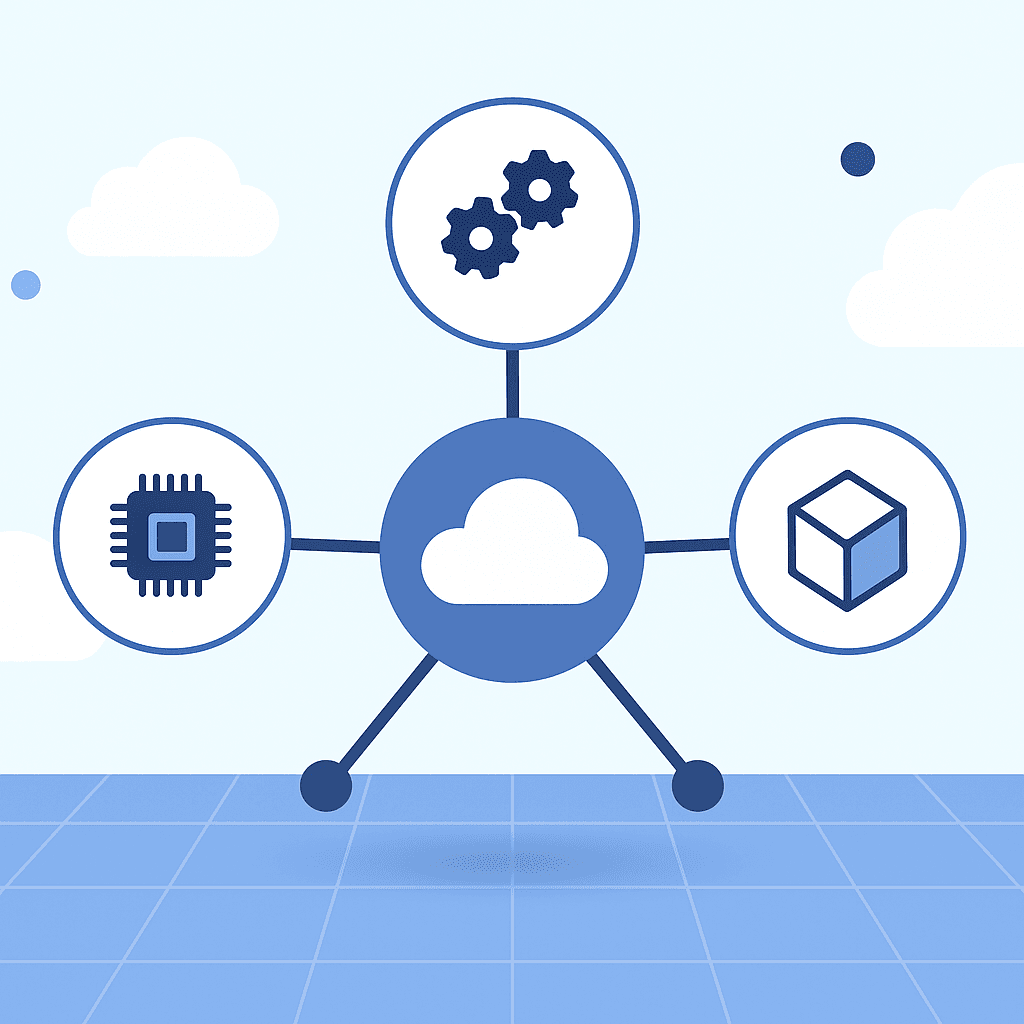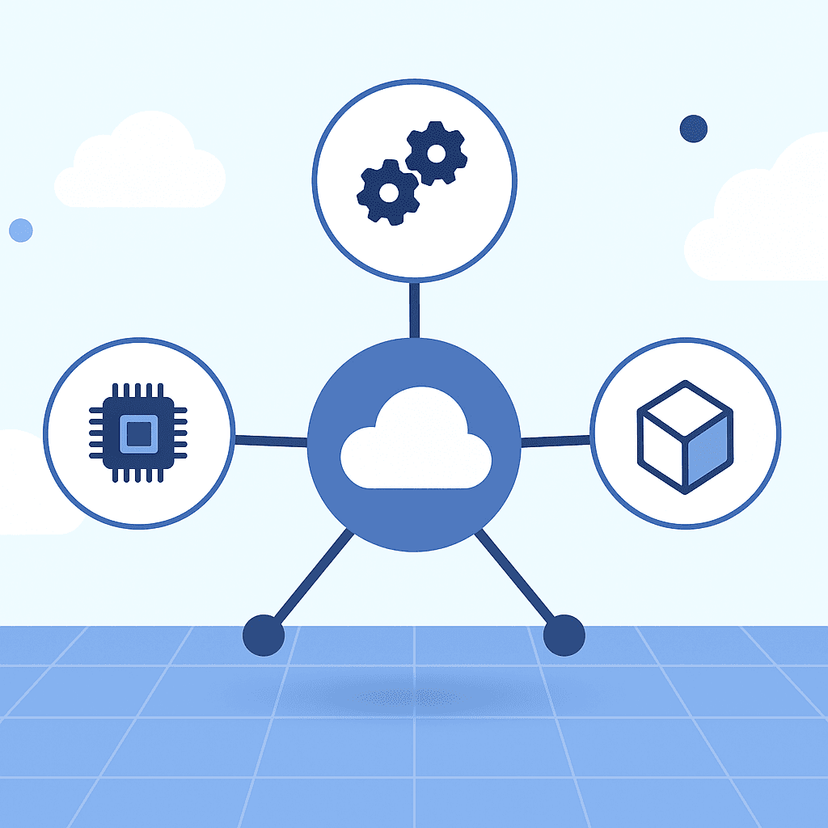- The Shift: From Craftsperson to Conductor The Traditional Paradigm: Briefly touch upon the current developer experience – the focus on syntax, specific libraries, and debugging individual components.
The Agentic AI Paradigm:
Delegation, Not Replacement: Emphasize that developers are not "out of the loop." Instead, they are elevated to a higher level of abstraction.
Defining Goals, Not Lines: Developers will define high-level objectives, constraints, and success criteria for AI agents.
Managing the Ensemble: Imagine a developer giving a directive: "Build a secure e-commerce checkout flow." This single command might trigger multiple AI agents specializing in UI, backend logic, database interaction, security, and testing.
The Analogy of an Orchestra: Connect to the image – the developer is the conductor, ensuring all the different AI "instruments" (agents) play in harmony to create the desired "symphony" (application).
- The Developer's New Toolkit: Orchestration Skills This section dives into the new competencies developers will need to master.
Prompt Engineering & Goal Setting:
Skill: The ability to clearly articulate complex problems, define precise objectives, and set guardrails for AI agents using natural language and structured inputs.
Example: Instead of public async Task<List<Product>> GetProductsByCategory(string category), it might be Agent, fetch all available products from the 'Electronics' category, ensure they are in stock, and return them as a paginated API response.
Agent Management & Monitoring:
Skill: Understanding how to deploy, configure, and oversee multiple AI agents. Monitoring their progress, resource consumption, and adherence to requirements.
Benefit: Ensuring that agents don't go "off-script" and that the overall project stays on track.
Strategic Architecture & Integration:
Skill: Designing the overall system architecture, determining which agents are needed, and how they should interact. Integrating the outputs of various agents into a cohesive application.
Focus: Less on writing glue code, more on defining the interfaces and contracts between intelligent modules.
Validation & Human Oversight:
Skill: Critical evaluation of AI-generated code, solutions, and designs. The human touch remains crucial for quality assurance, ethical considerations, and creative problem-solving.
Emphasis: The developer's discernment and judgment become paramount.
Debugging the "System," Not Just the Code:
Skill: When something goes wrong, the developer debugs the agent's reasoning or the interaction between agents, rather than a single line of C#. This requires a different set of analytical skills.
- The Benefits of Orchestration: A Quantum Leap in Productivity Exponential Acceleration: Building complex features and applications in a fraction of the time.
Focus on Innovation: Developers are freed from mundane, repetitive tasks to concentrate on high-level design, novel solutions, and creative problem-solving.
Increased Ambition: Tackling previously impossible or impractical projects due to the sheer scale of AI assistance.
Improved Quality & Consistency: Agents can adhere to best practices, security standards, and testing protocols more consistently than individual humans.
Enhanced Learning & Skill Development: Developers can learn from how agents solve problems and explore new domains more rapidly.
- Challenges and Considerations Ethical AI Development: Ensuring agents are built responsibly, without bias, and with transparency.
Security Implications: Managing the risks associated with autonomous code generation and deployment.
The Learning Curve: Developers will need to adapt to new tools and ways of thinking.
Defining Success: Establishing clear metrics for agent performance and project outcomes.
- Conclusion: Embracing the Future of Software Creation Recap: Reiterate the transformation of the developer's role from coder to orchestrator.
Empowerment: Emphasize that Agentic AI empowers developers, making them more strategic, productive, and impactful.
Call to Action: "The baton has been passed. The future of software development isn't about AI replacing human creativity, but about augmenting it. Are you ready to lead the orchestra of Agentic AI and compose the next generation of software?"







